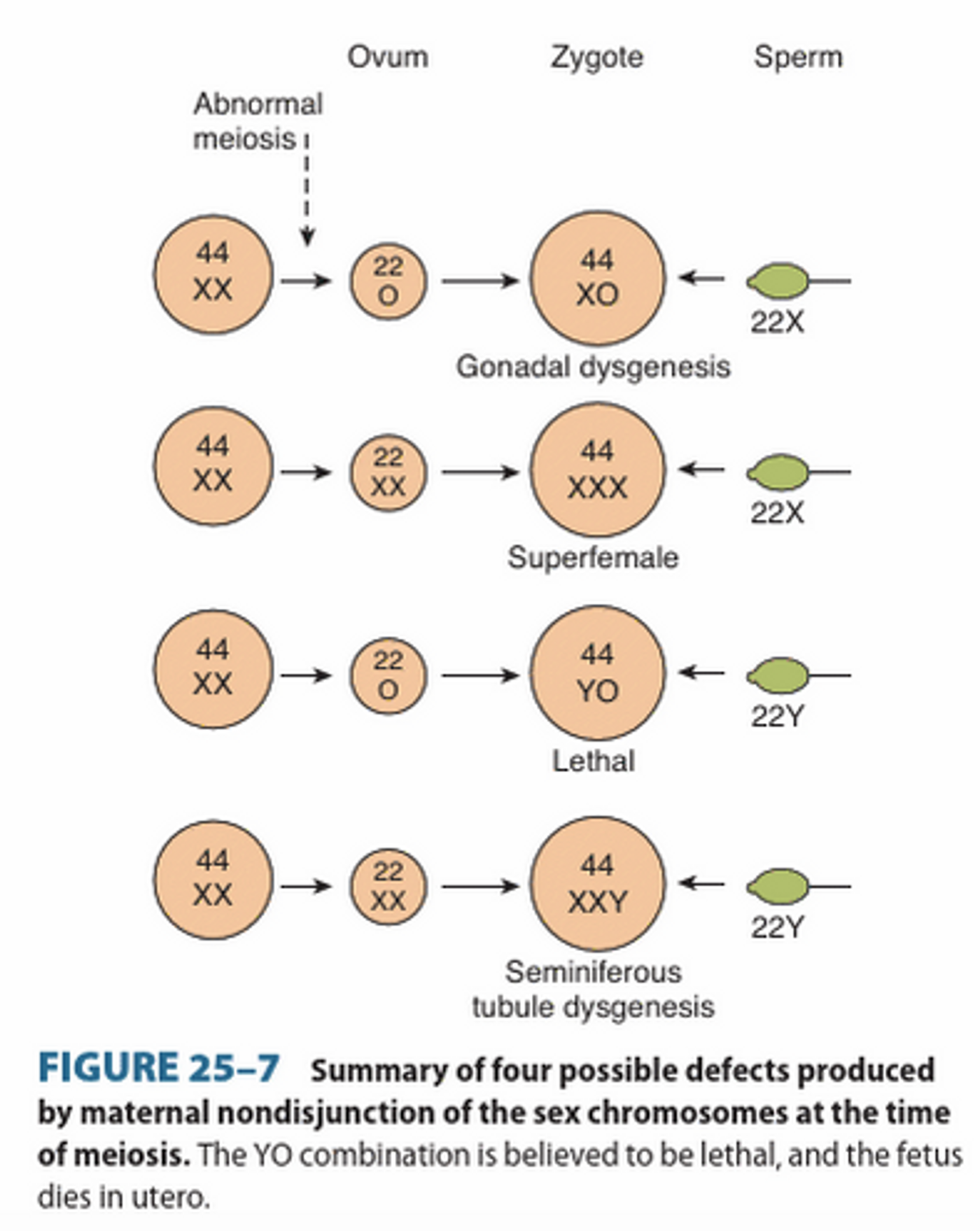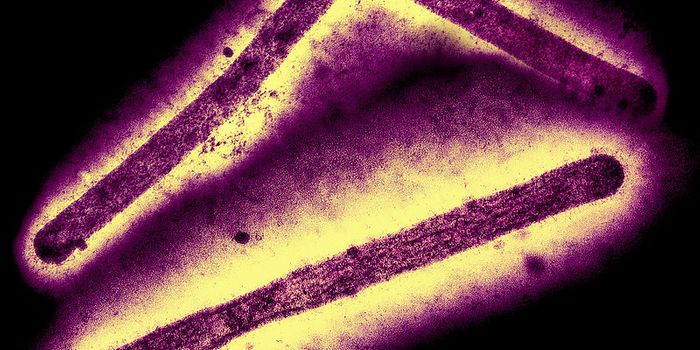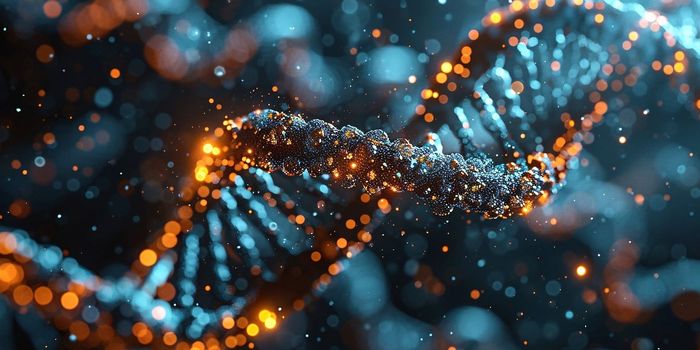The name "Pulaski" is probably not unfamiliar; roads and bridges across the country bare this name, and if you live in Chicago or New York, you may have seen a "Casimir Pulaski Day" parade. Benjamin Franklin recruited the Polish revolutionary to fight with Americans in the American Revolution. Pulaski agreed and served under George Washington. Pulaski formed the American cavalry and even saved George Washington in battle. He succumbed to battle wounds several days after the battle of Savannah and was thought to be buried either at sea or in an unmarked grave in Savanah, Georgia. Recently it was reported that General Pulaski was likely intersex, living his life as a male while having some distinctly female anatomy.
What does intersex mean?
While historians are parsing out Pulaski's life history, geneticists are researching the twenty-third pair of chromosomes, the sex chromosomes. A Developmental Sexual Disorder, or DSD, is an umbrella term that incorporates any abnormal combination of sex chromosomes. 'Intersex' is a subgroup that refers specifically to the DSDs that result in inconsistent sexual anatomy, for example, a male exterior with female sex organs. Typically, the genotype of a female is XX, and the genotype of a male is XY, but about 1 in every 1500 to 2000 people have a different combination of sex chromosomes.
How does someone end up with extra sex chromosomes?
People end up with XX or XY sex chromosomes because egg and sperm cells each have only one set of chromosomes and one sex chromosome (either an X or a Y). A sperm (either X or Y) fertilizes an egg (X), and the result is a zygote with one set of chromosomes from the mother and one set of chromosomes from the father. The zygote is the basis of all other cells in the body which have two full sets of chromosomes, and two sex chromosomes (two X's or one X and one Y). However, if meiosis in the egg or sperm cells does not divide equally, when the sperm and egg combine, the zygote will have an excess or a shortage of sex chromosomes. For example, if an egg cell divides in two, but puts two copies of the chromosome set into one daughter cell, that egg will be either XXX or XXY. In the case of a Triple-X syndrome (also called "superfemale"), XXX, there are relatively few physical effects. In the case of Klinefelter syndrome, XXY, men tend to be taller, have a lower sex drive, and be at higher risk of medical conditions that are common in women, like osteoporosis. Of the possible chromosomal abnormalities, Triple-X syndrome and Klinefelter syndrome are the most common and cause the least damage compared to abnormalities caused by the fertilizing an egg with a sperm that lacks a set of chromosomes (genotype, XO). If a person with only one set of chromosomes survives, the body will struggle to develop with half the instructions it needs.
Source: Barrett, Kim E., et al. Ganong's Review of Medical Physiology (23rd Edition), McGraw-Hill Professional Publishing, 2010.
Scientists know these, and other, genetic abnormalities are possible, but how did scientists come to this conclusion that General Pulaski was intersex? Though there are some conflicts in the written history, it seemed most likely that after Pulaski died in 1779, he was buried at a nearby plantation and later moved to a monument in Savannah. In 1996, scientists excavated the body and confirmed this history. However, the skeleton that had the bone structure of a female, and scientists did not know whether this was Pulaski's body or if details were lost in history. Initially, funding restrained scientists from carrying out DNA identification tests. A few years later, the Smithsonian Channel heard about the case and provided the funds necessary to analyze 240-year old DNA. Scientists compared DNA from the body buried under the monument, with DNA from metal bullets that recovered by a surgeon at the Battle of Savannah passed down, and donated to this identification project.
Scientists have not identified the genotype of Pulaski's intersex condition. Different genotypes can result in similar physical traits, so to parse out the genotype scientists would need to analyze a broad range of DNA. It would require a massive effort and funds to identify the genotype, even if the scope of DNA is preserved (which is a big 'if'). This genetic investigation will add details to the history a Revolution War hero, and serve as an example of an intersex historical figure.
Sources: Georgia Southern University, New York Times, Intersex Society of North America, Palomar College,









